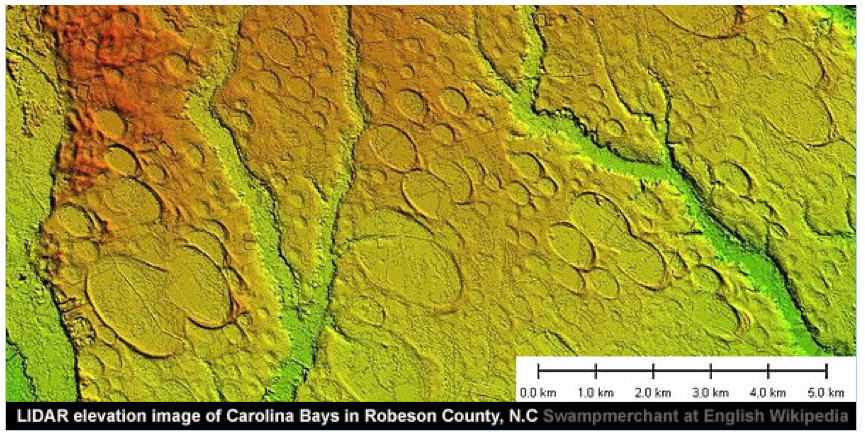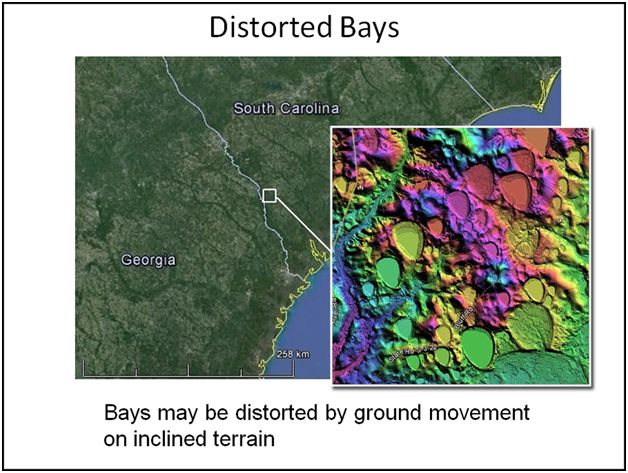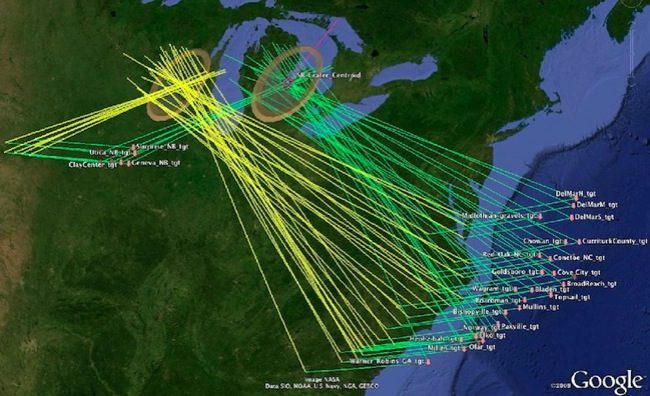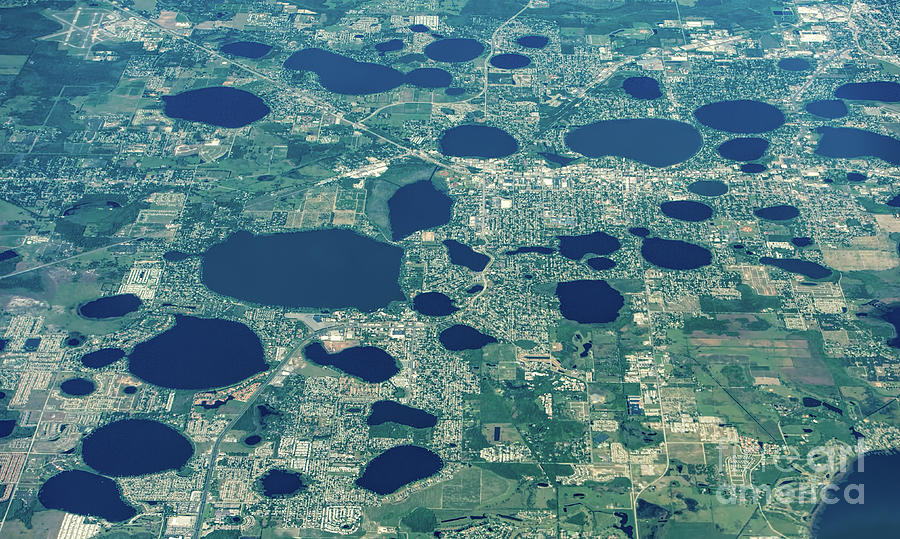www.livescience.com/9404-mysterious-origin-supply-oil.htmlThe Mysterious Origin and Supply of Oil
By Ker Than published October 10, 2005A silhouette of a pumpjack for oil drilling.
(Image credit: DN Penner/Shutterstock.com)
It runs modern society and fuels serious political tension. But where does oil really come from, and how much is left? The far-out possibilities might surprise you.
Nature has been transmuting dead life into black gold for millions of years using little more than heat, pressure and time, scientists tell us.
But with gas prices spiking more than $1 per gallon in the United States this year and some experts predicting that the end of oil is near, scientists still don't know for sure where oil comes from, how long it took to make, or how much there is.
Sponsored Links
Amazon Has Millions of Prime Subscribers — But Few Know About This Savings TrickCapital One Shopping
A so-called fossil fuel, petroleum is believed by most scientists to be the transformed remains of long dead organisms. The majority of petroleum is thought to come from the fossils of plants and tiny marine organisms. Larger animals might contribute to the mix as well.
RECOMMENDED VIDEOS FOR YOU...
CLOSE
"Even some of the dinosaurs may have gotten involved in some of this," says William Thomas, a geologist at the University of Kentucky. "[Although] I think it would be quite rare and a very small and insignificant contribution."
But another theory holds that more oil was in Earth from the beginning than what's been produced by dead animals, but that we've yet to tap it.
How it works
In the leading theory, dead organic material accumulates on the bottom of oceans, riverbeds or swamps, mixing with mud and sand. Over time, more sediment piles on top and the resulting heat and pressure transforms the organic layer into a dark and waxy substance known as kerogen.
Left alone, the kerogen molecules eventually crack, breaking up into shorter and lighter molecules composed almost solely of carbon and hydrogen atoms. Depending on how liquid or gaseous this mixture is, it will turn into either petroleum or natural gas.
So how long does this process take?
Scientists aren't really sure, but they figure it's probably on the order of hundreds of thousands of years.
"It's certainly not an instantaneous process," Thomas told Live Science. "The rate at which petroleum is forming is not going to be the solution to our petroleum supplies."
The United States' latest reminder of its petroleum dependency occurred when hurricanes Katrina and Rita struck the Gulf of Mexico, where the majority of the country's oil platforms and refineries are located. Many analysts predicted gas prices would surge to $4 and $5 per gallon, but the fears turned out to be overblown. Many of the structures suffered only glancing blows and were operating again soon afterwards.
SPECIAL REPORT Thinking Beyond Oil
Still, the average price of regular gas nationwide is about $2.94 a gallon now, according to the American Automobile Association. It was $1.77 at the beginning of the year.
Alternative source
The idea that petroleum is formed from dead organic matter is known as the "biogenic theory" of petroleum formation and was first proposed by a Russian scientist almost 250 years ago.
In the 1950's, however, a few Russian scientists began questioning this traditional view and proposed instead that petroleum could form naturally deep inside the Earth.
This so-called "abiogenic" petroleum might seep upward through cracks formed by asteroid impacts to form underground pools, according to one hypothesis. Some geologists have suggested probing ancient impact craters in the search for oil.
Abiogenic sources of oil have been found, but never in commercially profitable amounts. The controversy isn't over whether naturally forming oil reserves exist, said Larry Nation of the American Association of Petroleum Geologists. It's over how much they contribute to Earth's overall reserves and how much time and effort geologists should devote to seeking them out.
If abiogenic petroleum sources are indeed found to be abundant, it would mean Earth contains vast reserves of untapped petroleum and, since other rocky objects formed from the same raw material as Earth, that crude oil might exist on other planets or moons in the solar system, scientists say.
Both processes for making petroleum likely require thousands of years. Even if Earth does contain far more oil than currently thought, it's inevitable that reserves will one day run out. Scientists disagree sharply, however, on when that will occur. And, some say, a global crisis could begin as soon as increasing demand is greater than supply, a possibility that might be measured in years rather than decades, some analysts argue.








 What are the chances of those two getting together?
What are the chances of those two getting together?
















